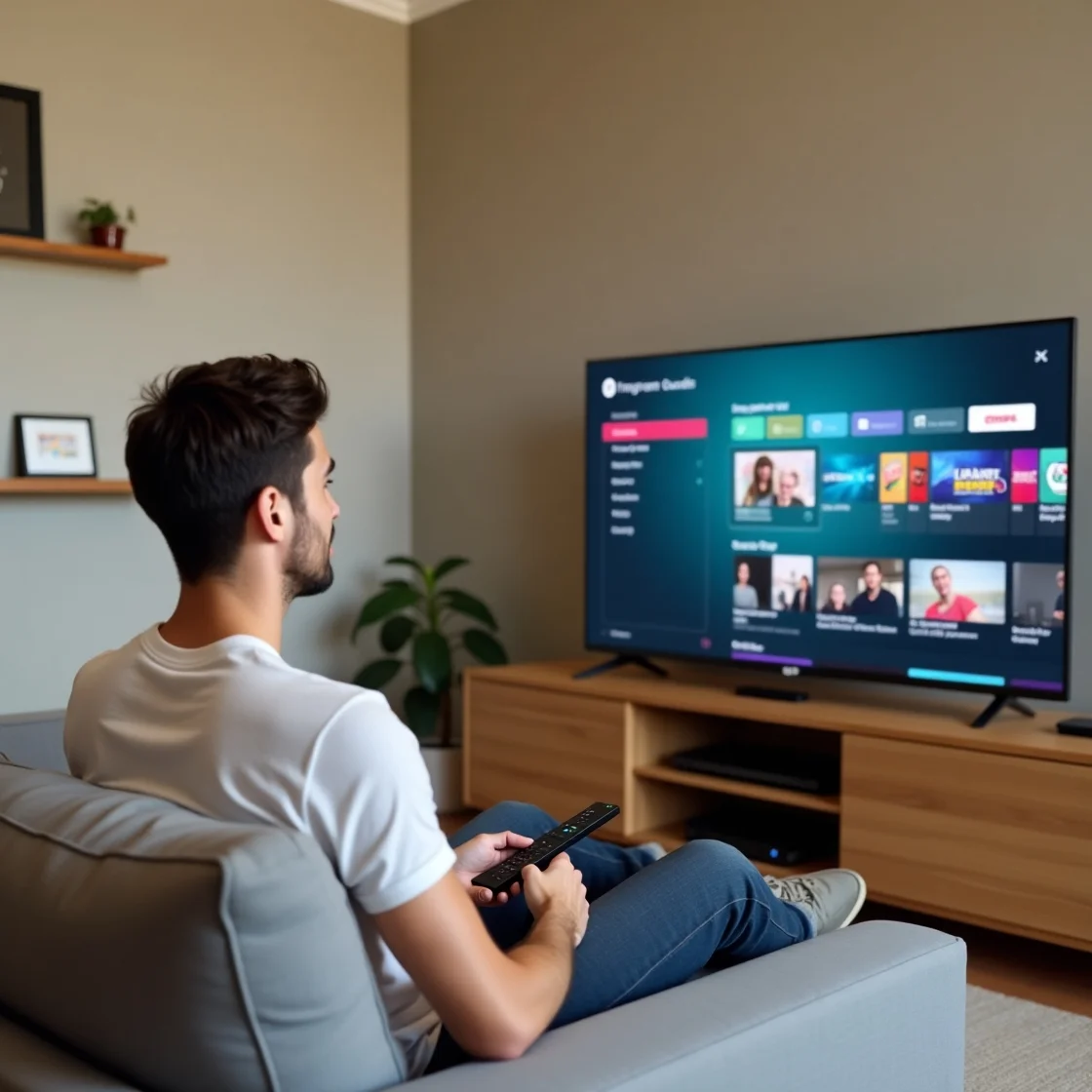Television viewing keeps changing fast, and old-school cable and satellite plans are slowly giving way to options that are cheaper and easier to control. One of the loudest newcomers to this scene is IPTV, which stands for Internet Protocol Television. If you plan to cut the cord and want a fresher way to consume TV, knowing what an IPTV plan offers can guide your choice.
What is IPTV?
IPTV sends video and audio through the same broadband internet line you already use for web surfing, instead of running cables or catching satellite signals. Because of that, you can stream shows and channels nonstop, much like you do with Netflix, YouTube, or other on-demand sites.
IPTV services usually fit into three buckets:
– Live IPTV Watch broadcast channels as they air.
– Time-Shifted IPTV Catch shows after their original airtime.
– Video on Demand (VOD) Pick from a library of films and series anytime.
Unlike fixed broadcast schedules, IPTV lets you enjoy content whenever and wherever your internet connection reaches.
What is an IPTV Subscription?
An IPTV subscription is basically a paying plan that lets you stream TV shows, movies, and live channels over the internet instead of through cable. Depending on the company, the package can pack in thousands of live channels, sports games, worldwide stations, on-demand films, and even adult content. You can usually pull up the feed on smart TVs, cell phones, tablets, laptops, and Android streaming boxes.
Billing comes in different chunks; some folks pay every month, while others lock in a better rate every three or twelve months. Costs shift a lot depending on how many channels you grab, the picture quality-HD, FHD, or 4K-and whether you add pricey sports and overseas packages.
Key Features of IPTV Subscriptions
A solid IPTV service often hands you these handy tools:
1. Vast Channel Selection
You get hundreds or even thousands of channels covering local news, overseas dramas, kids cartoons, and round-the-clock sports. That mix means almost every family member finds something to watch.
2. Video on Demand (VOD)
On-demand libraries usually hold new blockbusters, binge-worthy series, old-school classics, and even random documentaries. Pick a title and press play instead of chasing a schedule.
3. High-Definition Streaming
Most modern providers stream shows in crisp HD or eye-popping 4K as long as your internet can keep up. That clear picture turns a living room into a mini theater.
4. Electronic Program Guide (EPG)
Think of the EPG as your built-in TV newspaper. It shows what is on right now and lists every show headed your way, making it easy to scan huge channel lists.
5. Multi-Device Support
With most IPTV plans you can jump from a smart TV in the living room to a tablet on the train and even to your phone in the park, all without missing a beat.
6. Catch-Up TV
Many services let you go back 24 to 72 hours and grab shows you forgot to record. It is a lifesaver when you sleep through a big game or a must-see episode.
How Does IPTV Work?
IPTV sends TV shows and movies straight to your home over the internet instead of through cable wires. To make it work smoothly, you need a solid broadband link, at least 10 Mbps for HD streams and around 25 Mbps if you want 4K picture quality. You can watch IPTV on:
– Smart TVs (brands like Samsung, LG, Sony, and others)
– IPTV boxes (MAG, Formuler, or any Android TV box)
– Phones and tablets (with apps such as IPTV Smarters, GSE Smart IPTV, or TiviMate)
– Laptops and desktops (using VLC or other IPTV players)
– Amazon Fire Stick or Roku gadgets
After you buy a subscription, the service sends login details-usually an M3U playlist, Xtream Codes, or a portal URL. Enter that info in your favorite app and start watching right away.
How to Pick the Right IPTV Plan for You
With dozens of IPTV companies fighting for your attention, picking the best one can feel like wandering in a crowded mall. Follow these simple tips to narrow your choices and find a service that really fits your screen.
1. Ask for a Trial Period
Most trustworthy IPTV providers offer a free week or a pocket-change day pass. Use that short window to scan channels, pause a live game, and see if the picture stutters on your Wi-Fi.
2. Read Real User Reviews
Jump onto forums, Reddit threads, or review sites and glance at the star ratings. Look for fresh comments that praise speed or warn about frozen feeds during big matches.
3. Make a Channel Wish List
Flag the must-have stations-say local news, niche sports, or shows in your first language-and check that the lineup matches your list.
4. Match Your Devices
Confirm the plan runs on your smart TV, phone, tablet, or Android box without extra fees. If you share screens at home, notice how many gadgets can stream at the same time.
5. Look Beyond the Price tag
Cheap prices mean nothing if help arrives days later. Pick a service praised for quick replies via live chat, text, or the old-fashioned phone when glitches pop up.
Final Thoughts
Buying an IPTV package can be a smart step away from traditional cable. It usually costs less, gives you stacks of channels, and lets you watch movies and shows whenever you want. Whether you cheer for every game, binge every flick, or simply want an inexpensive way to catch a few beloved networks, IPTV curates a viewing plan just for you.
Still, tread carefully when picking a service. IPTV is not one-size-fits-all; legitimacy, speed, and privacy vary from provider to provider. Work only with licensed brands that spell out their rules, stream in high quality, and answer your questions quickly. Choose wisely, and IPTV could reshape how you enjoy entertainment in todays online world.
